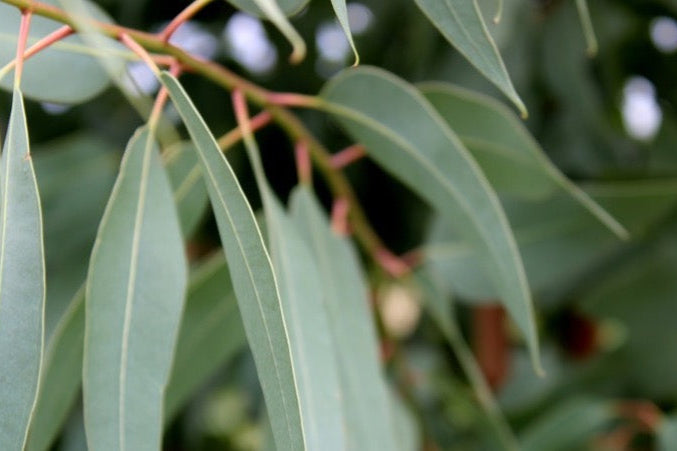As Perth swelters through a November heatwave, its crucial to keep an eye on your garden for signs of heat stress. Water stress in fruit trees is potentially harmful while flowering and during the early stages of fruit formation, because this is when cell division occurs.

Once damage from water stress has occurred in this phase of fruit formation it can’t be healed later, so prevention is best.
The first signs of water stress in a younger tree (<2 years) will be wilted or dropped leaves, yellowing or brown foliage, or dead branches at the top of the canopy. In older trees the stress is less noticeable, as drying of the top of the canopy may not be easily seen, but it still impacts the tree.
The longer term impacts of water stress in fruiting plants include lower yield, smaller fruit and slower plant growth. The tree may also have reduced fruiting and growth the following year.

Automated watering using sprinklers needs to comply with the watering restrictions in your area which often limit watering to two days a week only. In heat waves, you may need to add supplementary hand watering to support your trees and plants.
You can help to reduce water stress by:
- Watering according to soil type. Sandy soils hold less water than soils with a higher clay content and will need more frequent watering. Investing in your soil to increase the water holding capacity by adding organic matter will help to reduce the risk of water stress.
- Check soil moisture levels - push your finger into the soil to check it is moist below the surface or use a moisture tester for a more accurate result.
- Add enough water. In young trees as an estimate, that is roughly 19L per 13cm diameter of trunk. In mature trees you need to wet the top 30cm of soil.
- Water at the root zone rather than wetting the leaves. A watering wand can be a useful tool to aid effective watering.
- Mulching helps to retain water and reduce water loss. Water stress for fruit trees is greater without mulch as there is more surface area from which water can evaporate. Use of a woody mulch with large particle size is preferred as it allows water to penetrate through the gaps better. Light straw type mulches tend to hold water so check that water is getting through to the soil. While watering it can be helpful to remove some of this mulch from the root zone to allow water to penetrate.
- Water all the soil under the whole tree canopy if possible. Some fruit trees, like citrus, have shallow feeder roots that spread widely across the whole canopy area.

- Add seaweed solution or powdered kelp to your water to promote healthy root development and protect the tree from heat stress.
- Apply water slowly to ensure it’s penetrating through to the roots rather than just running off the top.
- Control weeds as these compete for water and nutrients.
- Use shade cloth where possible. Fitted fruit tree nets have a 20% shade factor and fruit protection sleeves can also be useful to protect young trees from the glaring sun.

- Thin fruit if needed - this will enable the tree to direct more of its resources to survival if it is under heat stress.

- Check reticulation regularly. If you spot a drooping tree the first step is to check the irrigation is not faulty/blocked.
DON’T:
- Water during the hottest parts of the day (as this increases evaporative losses)
- Fertilise. Applying fertiliser during a heatwave encourages the tree to pull water away from the roots so it can process the fertiliser, while pushing new growth that requires more water.
- Disturb tree roots. Root damage reduces the tree’s ability to uptake water.
- Prune live branches. Pruning forces the tree to spend energy mending pruning cuts which causes further water stress.
Thanks to customer Lorraine Harrison for the tips.






Leave a comment (all fields required)